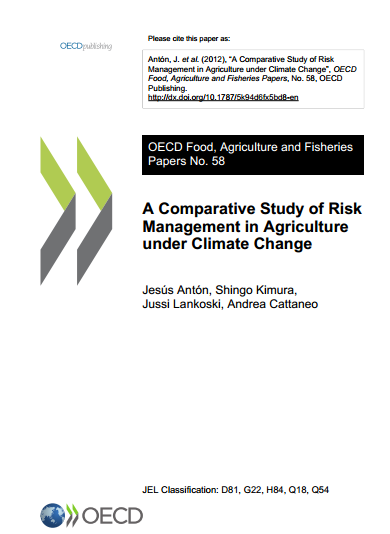A Comparative Study of Risk Management in Agriculture under Climate Change

ABSTRACT
Climate change affects the mean and variability of weather conditions and the frequency of extreme events, which to a great extent determines the variability of production and yields. This paper reviews the scientific literature on the impacts of climate change on yield variance and investigates their implications for the demand of crop insurance and effectiveness of different farm strategies and policy measures using crop farm data in Australia, Canada and Spain. A microeconomic farm level model is calibrated to different types of farms and used to simulate the responses and impacts of four policy measures: ex post disaster payments and three types of crop insurance (individual yields, area-based yield and weather index). The strong uncertainties about climate change are captured in a set of seven scenarios covering different assumptions about the scope of climate change (no change, marginal change, and high occurrence of extreme events), and farmers’ adaptation response (no adaptation, diversification, and structural adaptation). Policy decision making under these uncertainties is analysed using a standard Bayesian probabilistic approach, but also using other criteria that look for robust second best choices (MaxiMin and Satisficing criteria).